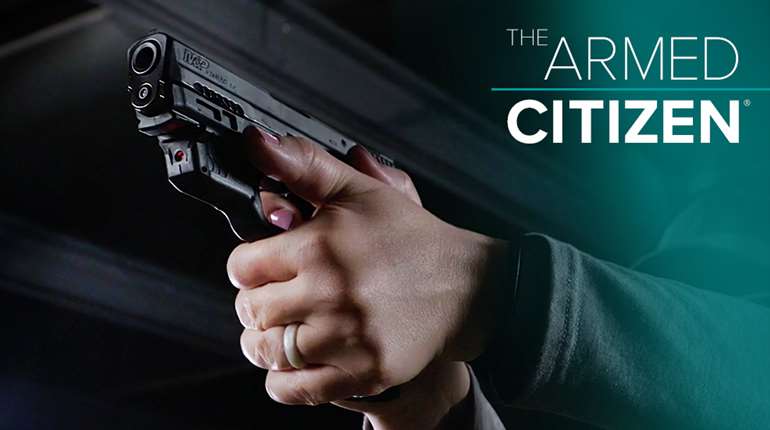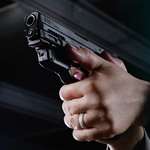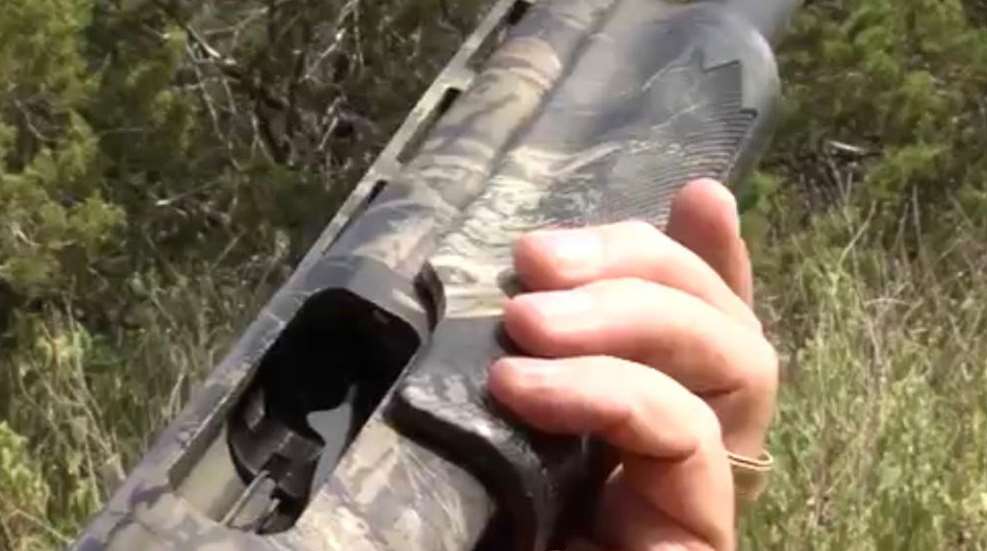
As responsible hunters and firearm owners, it is our duty to ensure we follow the 10 rules of firearm safety to avoid being injured or worse, killed. Although there may be slight variations in the wording, gun safety rules are universal.
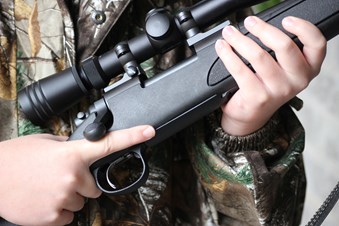
1. ALWAYS keep the muzzle pointed in a safe direction. The primary rule of gun safety is to always keep the muzzle, or end of the barrel, pointed in a safe direction. A safe direction depends on the situation you are in, which can change depending on your surroundings. A safe direction is where a bullet is least likely to strike anyone or anything you are not intending to shoot. Even when handling an unloaded firearm, always know where the muzzle is pointed in a safe direction. If everyone was in control of the muzzle of their firearm, regardless of the situation, virtually every firearms incident would be prevented. It can only be up to you, the responsible gun owner.
Remember: Where the muzzle points, a bullet can hit!
2. ALWAYS keep your finger off the trigger until ready to shoot. Always keep your finger “indexed” until you are ready to shoot. This is done by keeping your index finger above the trigger, along the receiver, with your finger pointed down the barrel toward the muzzle.
You should also protect the trigger of your firearm when passing one firearm to another. This is done by “clam shelling” your hand around the trigger guard and assembly until it is firmly grasped by another. This prevents the individual receiving the firearm from slipping their finger on the trigger.
Remember: The only time a trigger should be touched is when the shooter is ready to shoot.
3. ALWAYS keep your firearm unloaded until ready for use. Firearms should only be loaded when you ready to shoot, whether in the field or at a shooting or target range. Never assume a gun is unloaded, even if you were the last person to use it. Whenever you handle a firearm, make sure it is pointed in a safe direction, and immediately open the action and visually check the chamber, receiver, and magazine to guarantee it is free of ammunition.
Remember: All guns need to stay unloaded when not actively engaged in hunting, target shooting, traveling to and from an activity, crossing or climbing obstacles.
4. ALWAYS treat every firearm with the same respect as if it were loaded. Always treat every firearm you handle with the same respect as if it were a loaded gun. Even if you are completely sure the firearm is unloaded, and you have checked and double-checked to make sure, you must still control the muzzle at all times and handle with care. When handling an unloaded firearm, always open the action to display a safe firearm. When the action of a firearm is open, it mechanically prevents the firing pin from striking and discharging the round in the event a live round is accidentally overlooked in the chamber, magazine or clip.
You should always visually inspect the chamber, receiver and magazine to verify there is no ammunition within. Before handing a firearm to anyone else, make sure you open the action and declare it a safe gun. Before accepting a firearm from anyone else, make sure the action is open and you inspect there is no ammunition loaded.
Remember: Even an unloaded firearm, with the action open, should be handled as if it is loaded; sometimes you do not get a second chance at safety.
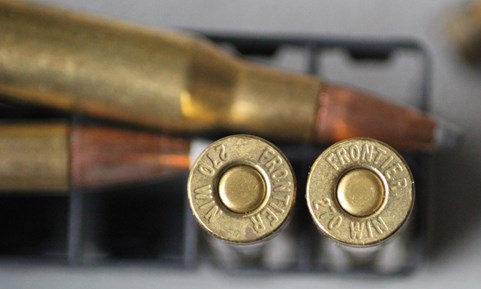
5. ALWAYS use proper ammunition for the firearm. Every firearm is designed to use a particular type of ammunition. It is critical you properly match the ammunition with the firearm you are shooting. First, read and follow all instructions found in the firearm’s instruction manual. Second, check the information on the barrel. There is a data stamp on the barrel denoting the caliber or gauge of that firearm. Third, check the data label printed on the box of ammunition to make sure it exactly matches the data stamp on the gun’s barrel. Fourth, always check the bottom brass of each cartridge or shell before loading it into your firearm, to properly match the ammunition to the firearm.
Remember: Know your firearm; know your ammunition and use redundancy in checking and double-checking data stamps on ammunition.
6. ALWAYS be sure of your target and what is beyond. Once you pull the trigger, you can neither call the bullet back nor have control of where the shot will travel until it reaches its ending impact. The shooter must be absolutely sure of their target, identifying it beyond any doubt. It is equally imperative to recognize what lies between you and your target, and what is beyond your target. Never shoot at anything on a hill or cliff from below because you cannot see what is on the other side. If you are hunting, NEVER shoot at movement, a blotch of color, or sound—you could easily mistake your target for another hunter! NEVER raise your scope to get a better look. Remember Rule # 1. By using a rifle scope as binoculars, you could violate this important safety rule by inadvertently pointing your muzzle at another person.
It is also important to know how far bullets and shot can travel, and understand projectiles do not always stop at the desired target. Ammunition can penetrate your target and continue to travel. If you miss your target or if your bullet ricochets or bounces in a different direction by hitting an obstacle, water, rocks or another hard surface. Be aware that a .22 rifle bullet can travel over a mile and a half, and a 7 mm Mag. bullet can travel more than 5 miles!
Remember: Once you pull the trigger, you own that bullet and are responsible for any damage or injury it causes.
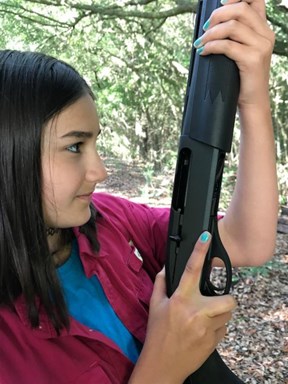
7. ALWAYS handle your firearm in a safe manner. Learn how to operate your firearm, and handle it safely before you ever pull the trigger. Know how to open and close the action, load and unload ammunition, and how to regularly maintain your firearm so it remains in good working condition. Know if your firearm has an external, mechanical safety and know how to use it.
Assume every firearm is loaded, and control the muzzle at all times. Never rest the muzzle of your rifle or shotgun on the top of your shoe in between shots. Avoid rowdiness and horsing around when in the presence of firearms. Always carry your unloaded firearm with two hands, which provides the best control, when in the field or crossing obstacles.
Always keep your muzzle free from dirt or debris to prevent damage to equipment and injury to individual when shooting. If you trip or fall and the muzzle comes in contact with the ground, confirm it is unloaded first, then clean any dirt or mud from the barrel. If the muzzle is pointed up and you are in a snowfall, the snow in the barrel can cause a malfunction that can also cause damage to equipment and injury to the shooter.
Remember: Nothing should ever replace careful firearm handling.
8. ALWAYS pay attention and control your emotions. Always be in control of your surroundings and focused on what you are doing at all times when handling firearms. Clear your mind of comments and pressure from friends or family to “shoot the biggest deer” or “get your limit of doves” for bragging rights.
When your adrenaline is pumping, it is easy to forget about safety. Without thinking, it is easy to run down a steep trail after a downed animal with a loaded gun and the safety off. It takes a lot of practice and maturity to become disciplined and to learn self-control. Lack of restraint results in careless behaviors and losing control of your emotions replaces your good judgment.
Remember: Failing to focus on your actions and paying attention when emotions get out of control can affect safety and lead to accidents.
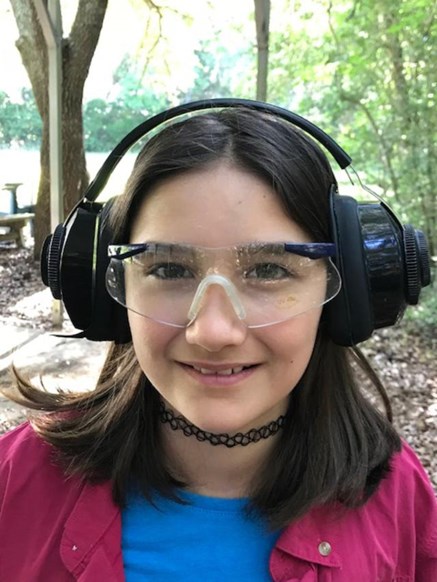
9. ALWAYS wear hearing and eye protection while shooting. When a firearm discharges, the report can damage the hearing to both shooters and spectators. Frequent shooters can experience gradual hearing loss over several years, or the shooter can have immediate hearing loss if one is too close to the muzzle blast. Guns also emit hot gas and debris that can cause injury to the eyes. Eye protection is essential whether as a shooter or an onlooker. Proper eye protection guards against flying debris, falling shot, clay target chips, powder residue, burnt powder from muzzleloaders or black powder shooting, and even twigs and sticks when in the field. Wearing eye protection while cleaning your firearm safeguards against cleaning solvents coming in contact with the eyes or internal springs under pressure that may pop. Hearing and eye protection should always be used when shooting at a gun range.
Remember: Always protect your eyes and ears to protect against vision and hearing damage and loss.
10. NEVER drink alcohol or take any drugs, over-the-counter or prescription, while handling firearms. It is a fact that alcohol, drugs and other substances impair the senses. Vision becomes foggy and blurred, hearing becomes distorted, our sense of smell lessens, and our physical response time quickly diminishes. Alcohol and drugs affect our physical and mental condition, judgment and emotions.
Even over-the-counter medicine can alter the way we see, hear, think and react. Medicines such as cold, headache and pain medications can affect people differently. Be aware of how your body handles these medications. Adhering to the warning labels of most pills and tablets when recommended to never operate a vehicle or heavy machinery (like a firearm) while under the influence of medication.
Remember: Read warning labels and listen to your body when deciding to engage in target shooting or hunting.
Hunting and shooting are among the safest of sports. From the time you pick up a firearm to the time you safely store it away, you are accountable for everything that happens during the time in between. As a firearm owner, you are responsible for knowing the safe operation and maintenance of your firearm, how to safely transport it, clean it and store it. You are also responsible for identifying unsafe gun handling by those around you. Do not be bashful when it comes to gun safety. Speak up and advocate following these 10 rules of firearm safety.
Remember: Firearm safety begins and ends with you!

















